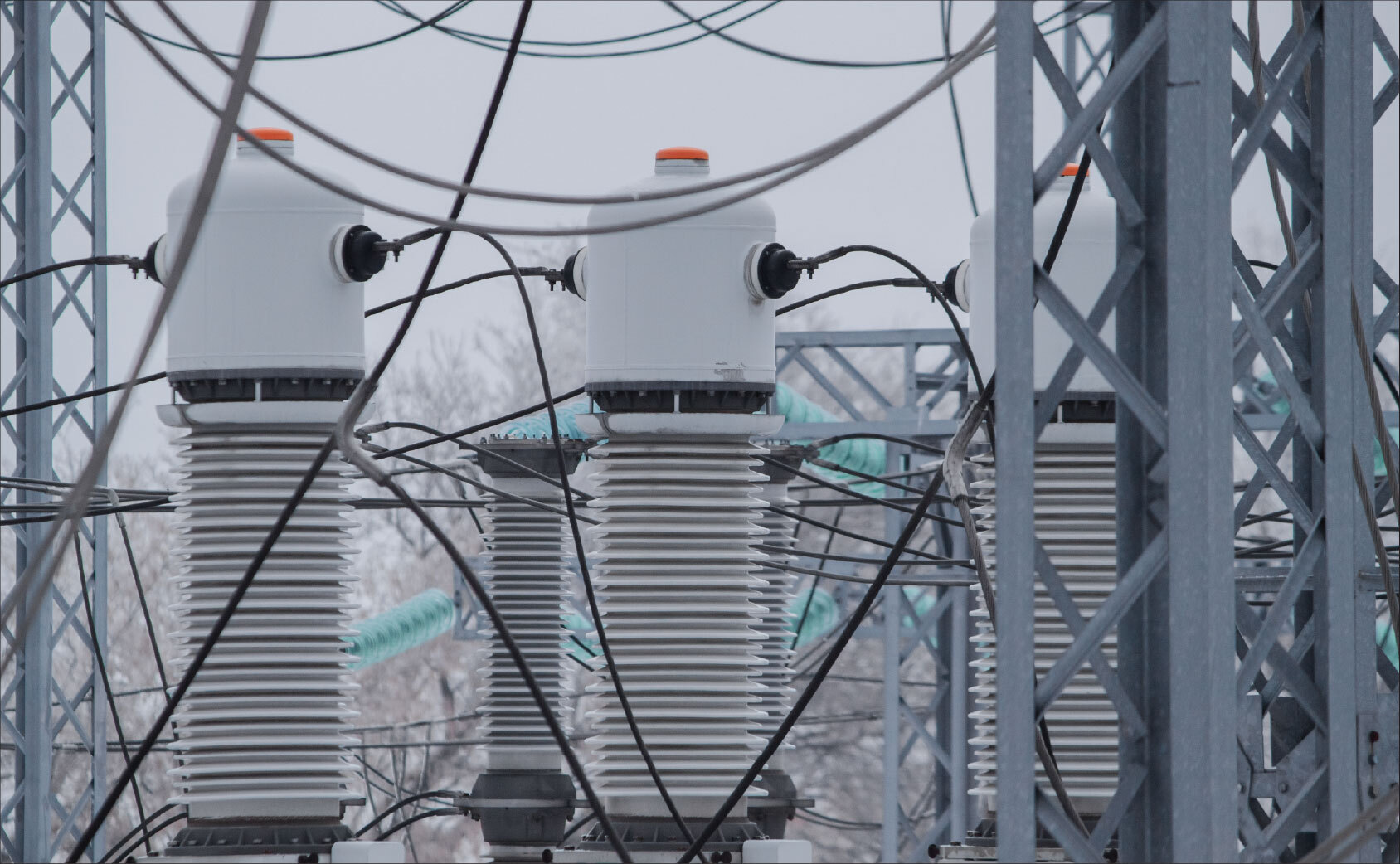How Rail Electrification is Driving Next-Gen Transformer Demand in the U.S. Power Transformer Market

The U.S. power transformer market is undergoing significant transformation driven by the needs of various infrastructure sectors, including railways, data centers, and airports, which are demanding advanced and specialized transformer solutions.
This evolving landscape differs from traditional utility-centered growth, as infrastructure projects require compact, customized, and efficient transformers designed to fit seamlessly within limited urban and industrial spaces. Manufacturers face the challenge of developing transformers that effectively balance high-capacity load management with space optimization and reliability in critical applications.
U.S. power transformer market was valued at USD 5,208 million in 2024 and is estimated to reach a value of USD 7,684 million by 2030 with a CAGR of 6.9% during the forecast period.
In the railway sector, there is a notable shift towards the electrification of rail networks, particularly along passenger corridors in the Northeast and freight corridors undergoing modernization. Electrified rail systems necessitate high-performance traction transformers and auxiliary units capable of managing variable power loads during train acceleration and braking. Moreover, transformers are being engineered for regenerative braking systems, which allow captured energy to be fed back into the grid. This infrastructure-focused demand is prompting innovations in lightweight and vibration-resistant transformer designs suitable for extensive rail networks.
For airports, the aviation industry’s commitment to resilient and sustainable infrastructure is shaping the U.S. power transformer market. As airports become increasingly energy-intensive due to rising passenger traffic, electrified ground services, and expanding terminal facilities, there is a critical need for transformers that can deliver a continuous power supply with high fault tolerance. Modern airports are also beginning to integrate renewable energy sources, such as solar fields, into their operations, creating a demand for transformers capable of supporting distributed generation and managing variable load profiles. Additionally, energy efficiency regulations at airports are driving the need for eco-friendly insulation fluids and designs that minimize operational losses.
The rapid growth of hyperscale data centers has become a significant trend in the U.S. power transformer market. These data centers are among the fastest-growing consumers of energy in the country, with individual facilities often requiring hundreds of megawatts. Transformers serving this sector must ensure maximum uptime, low losses, and effective cooling mechanisms to withstand persistent load demands. Furthermore, as cloud service providers compete to expand capacity, the emphasis on modular and compact transformers for quick deployment is intensifying. This has led manufacturers to adopt digital monitoring and predictive analytics to enhance power quality and minimize downtime.
A unique aspect of the U.S. power transformer market within infrastructure is the growing implementation of digital substations for smart city initiatives. As urban areas make substantial investments in sustainable transportation, smart buildings, and electrified public services, transformers must align with advanced communication protocols and automation systems. Intelligent transformers equipped with IoT sensors facilitate real-time monitoring, load balancing, and predictive fault detection. This digital transformation enhances the reliability of essential services in urban settings where any downtime could disrupt critical functions, such as metro operations or hospital power supplies.
Sustainability is increasingly becoming a key consideration in the U.S. power transformer market for infrastructure applications. Airports, data centers, and railways face mounting pressure to lower their carbon footprints, thereby driving demand for transformers featuring biodegradable insulation fluids, reduced noise emissions, and recyclable components. Additionally, environmental, social, and governance (ESG) mandates are encouraging operators to invest in energy-efficient transformer systems that minimize losses and extend equipment lifespans, ultimately lowering lifecycle costs in large-scale projects.
Furthermore, resilience against extreme weather events is significantly influencing transformer specifications for infrastructure development. As natural disasters like hurricanes, floods, and heatwaves occur with greater frequency, critical infrastructure, including airports and data centers, requires transformers designed to function effectively under challenging environmental conditions. This has led to a surge in the adoption of transformers featuring advanced cooling technologies, corrosion-resistant materials, and designs resilient to disasters. State-level regulations increasingly require backup redundancy and grid-hardening measures in transformers deployed at essential public facilities.
Looking ahead, the U.S. power transformer market for infrastructure is poised to benefit from federal funding initiatives aimed at modernizing transportation and energy systems. The Bipartisan Infrastructure Law, for example, allocates substantial resources to enhance the energy grid, electrify transit systems, and improve airport power capacity. This presents direct opportunities for transformer manufacturers to scale up production in anticipation of infrastructure demands.